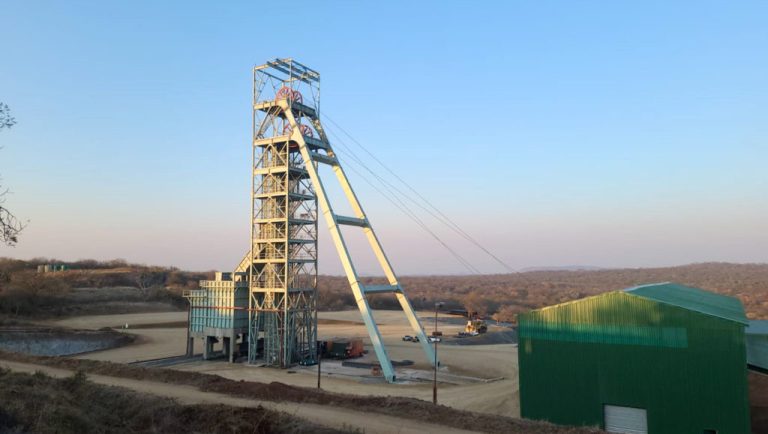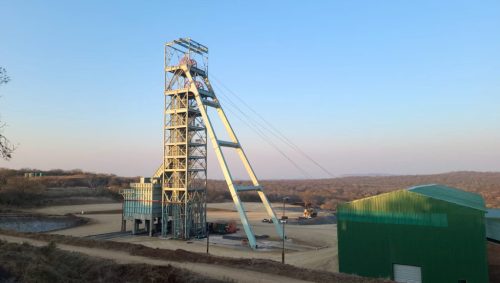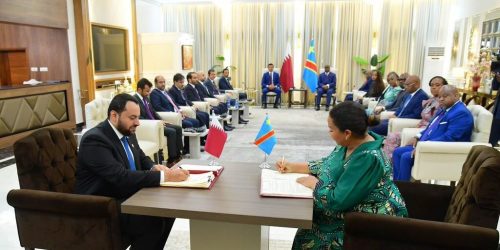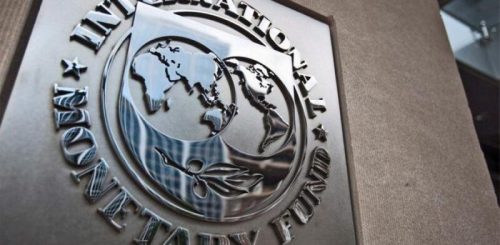The unbridled exploration of gold in the district of Manica, in the province of the same name, has been causing environmental damage that puts public health, agricultural activity and even education at risk.
It all starts with the search for resources as a way of providing for the population’s subsistence, plus the fact that the extraction techniques adopted are inadequate. This worries the head of the provincial executive, Francisca Tomás.
Bluntly, the governor states in an interview, that some mining companies frequently violate environmental standards by promoting activities that change the course of rivers and compromise water quality. In view of this, he advocates coordinated work to minimize damage to mining production, especially in the Manica district.
The main issue is the washing of ore using mercury and the depositing of sediment which pollutes rivers and soil, putting the health of people, animals and the environment at risk. “One of the hallmarks of the past five years was the reduction in the distance traveled by the population in search of health services and the nurse/doctor ratio per inhabitant. What goal have you set for the new five-year period?” asked our correspondent. “We want to build more health centres to further reduce the ratio of nurses per inhabitant or doctors per inhabitant,” Tomás replied. “Our desire is to achieve a situation of one doctor for every 8,220 inhabitants. To this end, we intend to build health posts in all locations and we will do the same in settlements with larger population centres.
“By doing this, we will increasingly reduce the distances that the population travels to find a health centre. “We are also thinking about placing a doctor in each administrative post as a way of reducing the doctor-to-inhabitant ratio.”









